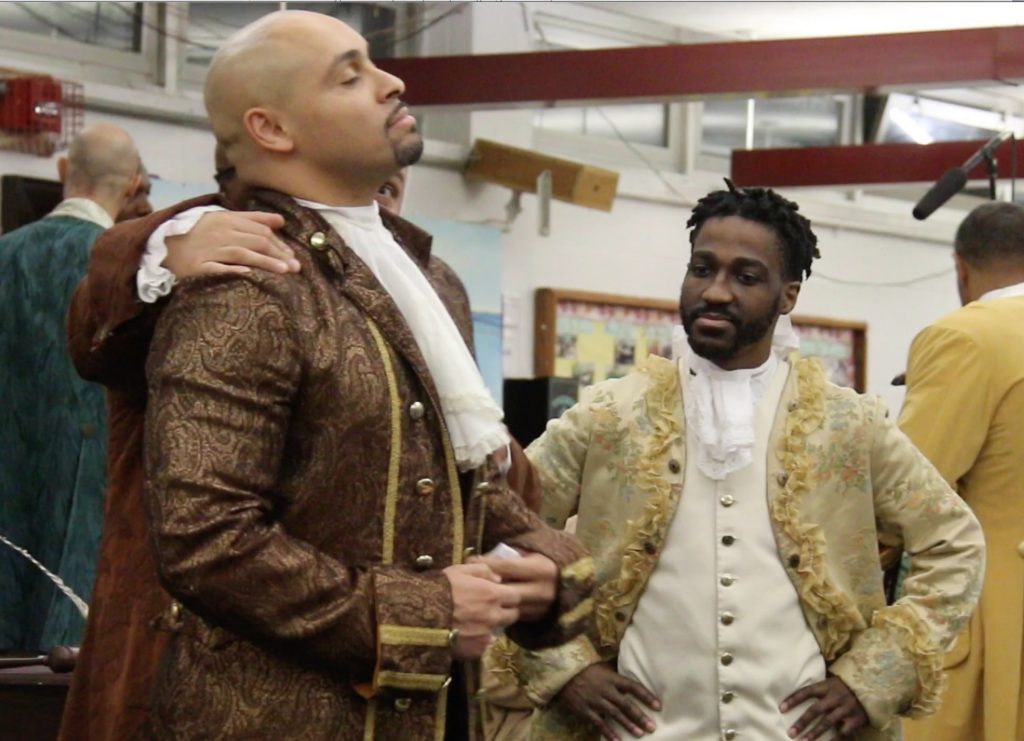FSU Art Education Professor Dave Gussak Advocates for Inmate Art Therapy
Article and Photo Courtesy of David Byrnes new online magazine Reason to be Cheerful | Written by Gwynne Watkins
Professor for The Florida State University Graduate Art Therapy program and Project Coordinator for the FSU/Fl Department of Corrections Art Therapy in Prisons Program, David Gussak, was recently featured in an article about the necessity of art programs in prisons.
While access to therapy, medication and other interventions is crucial for inmates’ mental health, participation in the arts can also have a profound effect on depression and other disorders. Gussak, a leading researcher on art therapy in prison populations, has found that participating in art therapy (therapist-led art classes that use the creative process to promote psychological healing) can significantly reduce symptoms of depression among inmates. According to Gussak, the arts are able to reach prison populations in ways that traditional mental-health interventions sometimes cannot.
“You’re talking about an environment where any type of disclosure of weakness and vulnerability and need, can be taken advantage of by others,” says Gussak. “But the art allows us to work behind the mask, allows therapy to happen, allows expression to happen and identity to reform without challenging that notion of dominance.”
Countless studies show that prisoners who participate in a program like art therapy are likely to experience improved mental health and fewer disciplinary infractions. Regardless of age, gender identity, or time served, those prisoners will become more likely to complete an education in prison, and much less likely to commit another offense after release. Art has been shown to connect with prison populations in a way that traditional therapy sometimes cannot, and the effects ripple outward to create a more effective prison, and ultimately, a safer society.
As awareness of the broken prison system has increased, popular opinion and policy have begun to gravitate back towards rehabilitation. Even the Department of Justice has acknowledged that it’s time to “rethink mass incarceration,” declaring in its Strategic Plan for 2014-2018 that “we cannot prosecute our way to becoming a safer nation.” Within the prison system, programs that promote higher education and drug treatment are recognized as effective for reforming convicted criminals. But the arts remain overlooked and underfunded as a rehabilitation tool, despite persuasive data.
“We’re working in environments where the inmate populations are objectified and dehumanized, and they’re given numbers and uniforms to keep them under control,” says Gussak. “The problem is once they get out, they maintain that label of ‘inmate’ or ‘former convict,’ and that’s the identity they need to live up to.”
Attempting to bring change to the U.S. prison system, no matter how small, can be a massive undertaking. The creators of these arts programs often spend months or years in bureaucratic purgatory — dealing with proposals, contracts, security clearances, and so forth — before they even get through the gates. But increased awareness of prison arts, and the benefits they can offer with even minimal resources, means that more doors are opening. Given the number of Americans who will be incarcerated at some point in their lives, the profound rehabilitation offered by prison arts can benefit all of us.
“Change is happening,” says Gussak. “People are adopting these programs. I’m getting calls from different agencies all over the United States, from artists, facilitators, and administrators from prisons, that say, what can we do to bring this into our system right now?”

